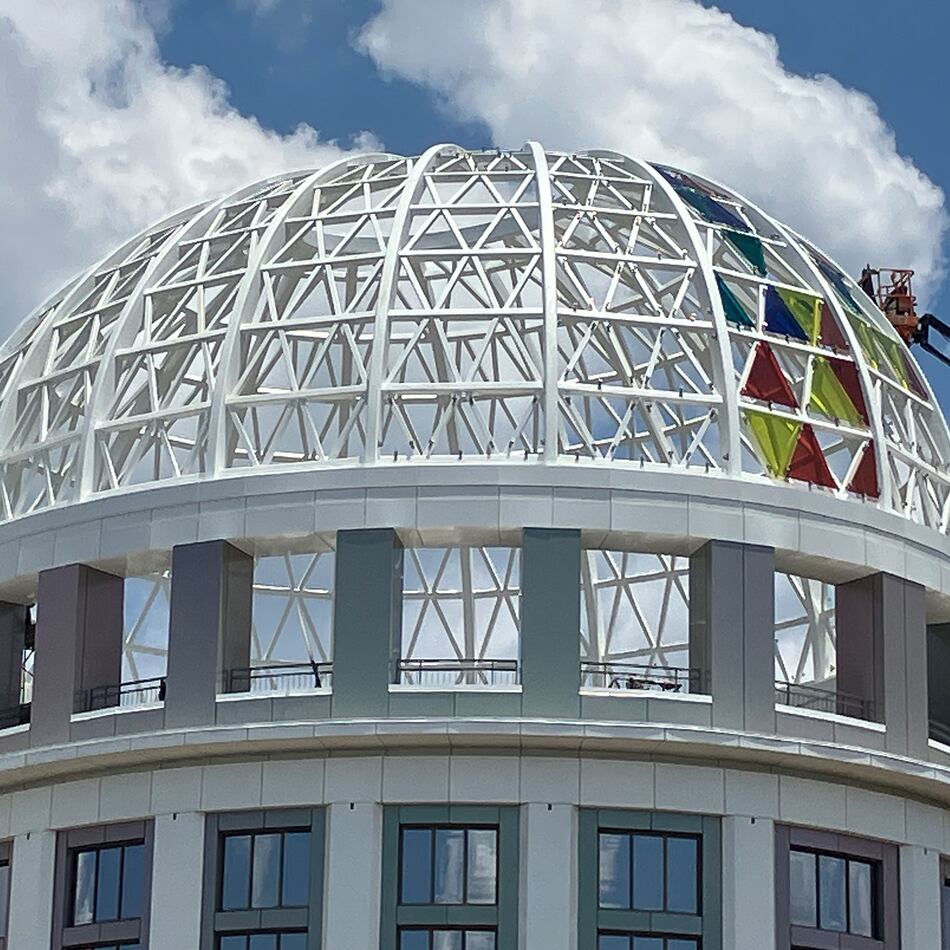When you think of the Lowcountry along the South Carolina coast, rice paddies may not immediately come to mind.
But for two centuries Georgetown served as the center of the rice trade in North America. Rice plantations once surrounded this port town, between Charleston and Myrtle Beach on the boot heel of the Grand Strand, making it the largest exporter of rice in the world.
Situated at the confluence of five rivers that feed Winyah Bay, Georgetown is defined by water and industry.
Still an active shipping port, Georgetown is not just some tourist facade. You’ll probably smell the paper mills on the outskirts of town before you see them. The closer you get to downtown, though, the more the charms of the historic waterfront take over the senses.
You begin to see pre-Revolution churches and whitewashed old townhomes, pastel storefronts along Front Street, and the harbor along the Sampit River.
For history buffs and those looking for a quaint, more down-to-earth spot along the South Carolina coast, Georgetown does the trick nicely.
Don’t Miss
63rd annual Plantation Tours, March 26-27
For decades, one of the most eagerly anticipated annual events for locals has been this two-day tour of homes and plantations sponsored by the women of Prince George Winyah Parish Church. The tour includes stops at some of the larger and more well-known plantations, such as Hopsewee Plantation and Mans-field Plantation. You use your own car to get from stop to stop but direct questions to the hosts and hostesses on hand at each location. Each day of the tour features different stops, and many of these private historic homes aren’t usually open to the public. The parish church building dates back to the 1740s and provides a fitting start to the tour. Purchase tickets in advance because the popular tour has a limited number of tickets each day. Maps are provided with tickets; box lunches cost $5 extra. The church’s Web site has additional ticket information. www.pgwinyah.com
The Rice Museum
To enhance your tours of local plantations, visit the Rice Museum. Located in The Old Market (circa 1842) clock tower building downtown, the museum offers a snapshot of Georgetown’s history, from colonial times through the antebellum era when rice was king. A maritime history exhibit includes the hull of the Brown’s Ferry Vessel, a wooden freighter that sank in the 1730s and was discovered and raised in the 1970s and placed on the National Register of Historic Places.
www.ricemuseum.org
Kaminski House Museum
Sitting on a shaded bluff overlooking the Sampit River at the edge of downtown, the Kaminski House was built in the late 1700s and was home to many wealthy and influential families through the years. In 1972, the last private owner, Julia Kaminski, bequeathed the house to the town for a museum in memory of her husband, a former Georgetown mayor. Its rooms of antique furnishings, Georgian style architecture and picturesque grounds make it a big draw. The museum offers guided tours on the hour daily.
www.kaminskihouse museum.org
The Harborwalk
A boardwalk along the Sampit River that runs parallel to Front Street downtown, this is the beating heart of the non-industrial waterfront in Georgetown. Locals dock their fishing boats and pleasure craft of all sizes at pier moorings in the harbor, near the shops, galleries and restaurants along the walkway. The Harborwalk is about a quarter-mile long, conveniently bookended by the Kaminski House at one end and the Rice Museum at the other. The annual Harborwalk Festival in late June spills over onto Front Street with booths of arts, crafts and food vendors and multiple music stages.
Demand Studios
About the Author
Keep Reading
The Latest
Featured

